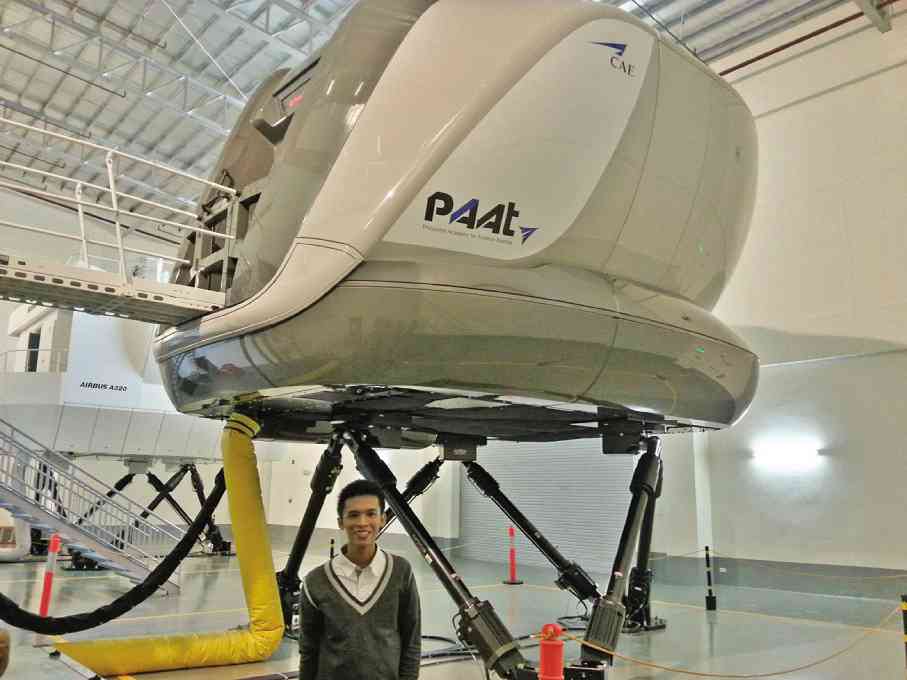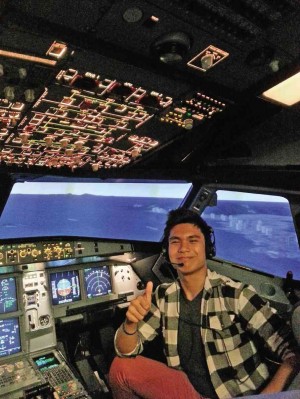

Air travel has become a necessity these days—especially for those attending business conferences, corporate events, educational tours, or going on family vacations abroad.
With more people traveling the world, the airline industry is doing its best to cope with the demand.
In the Philippines, there are now more local and international flights servicing the travel needs of its citizens.
A few years back, Filipinos traveled mainly because of overseas work. But now, many Pinoys with disposable income are grabbing the chance to visit other countries as tourists, and airline companies are working with foreign investors and the tourism sector to provide affordable flights for everyone.
Strategic relationship
One of these airlines is Cebu Pacific Air. After becoming one of the most successful low-cost carriers in Asia, the company is seeking to elevate the quality of the airline industry by providing a training center in the Philippines. Its trainees spend time to gain all the knowledge and competence necessary to become a professional pilot.
Last October, we visited the Philippine Academy for Aviation Training (PAAT) for a media tour in Clark, Pampanga. The school is a joint venture between Cebu Pacific Air and Canadian Aviation Electronics Ltd. (CAE), known as the world’s largest manufacturer of full-flight simulators. CAE also functions as the world’s largest airline training network, with more than 35 locations worldwide.
During the tour, PAAT general manager Raoul S. Perez said that the pilot training center was established not only to support Cebu Pacific’s growing fleet and future expansion plans, but also to strengthen its strategic relationship to CAE in the region. PAAT, he added, is being developed to be one of the main hubs for aviation training services in Asia, offering help to other airline companies in need of more pilots.
State-of-the-art facilities
He also pointed out that, aside from its flight simulators and pilot training course, PAAT recently acquired the Oxford Aviation Academy, the basic flight school where one can learn to fly a single-engine aircraft.
PAAT—which has Singapore Airlines Philippines, Omni Aviation and Flying School International as clients and partners—boasts of state-of-the-art facilities. We had a good look at its classrooms, simulator briefing/debriefing rooms, CBT rooms, pilot lounge, airbus procedure transition trainer room, APT briefing/debriefing rooms and simulator bay.
Perez said that PAAT’s instructors have extensive experience as airline pilots and have likewise worked with airbus training centers abroad. The flight instructors have at least half a million of flying hours to their credit. They have been certified by airbus flight instructors from Toulouse, France.
Flight simulator
We also had a chance to experience the flight simulator, a device that integrates mechanical, electrical, hydraulic and digital processing systems to represent, in real time, the operation of an airplane in a complex environment.
Mind-blowing
It was a mind-blowing experience to navigate a plane through a simulator. The only difference is that you have control of the environment. You can change the time, shifting from day to night, move to different airport runways around the world, change altitude and speed, and, most of all, reset if you feel that you will be crashing the whole thing.
As a temporary pilot inside the cockpit simulator, we’ve learned that it was really a tough job. One will not just have a hard time learning all the functions of the buttons and decks; on our shoulders also lie the responsibility for the lives of the passengers inside the plane.
Discipline
Pilots, indeed, must have outstanding discipline; they have to be physically, mentally, emotionally and psychologically prepared before any flight.
Spending a day at the PAAT made us realize that the Philippine airline industry can meet the highest international aviation standards soon. This is good news for our aviation business. It can only mean that the world is truly within reach.

